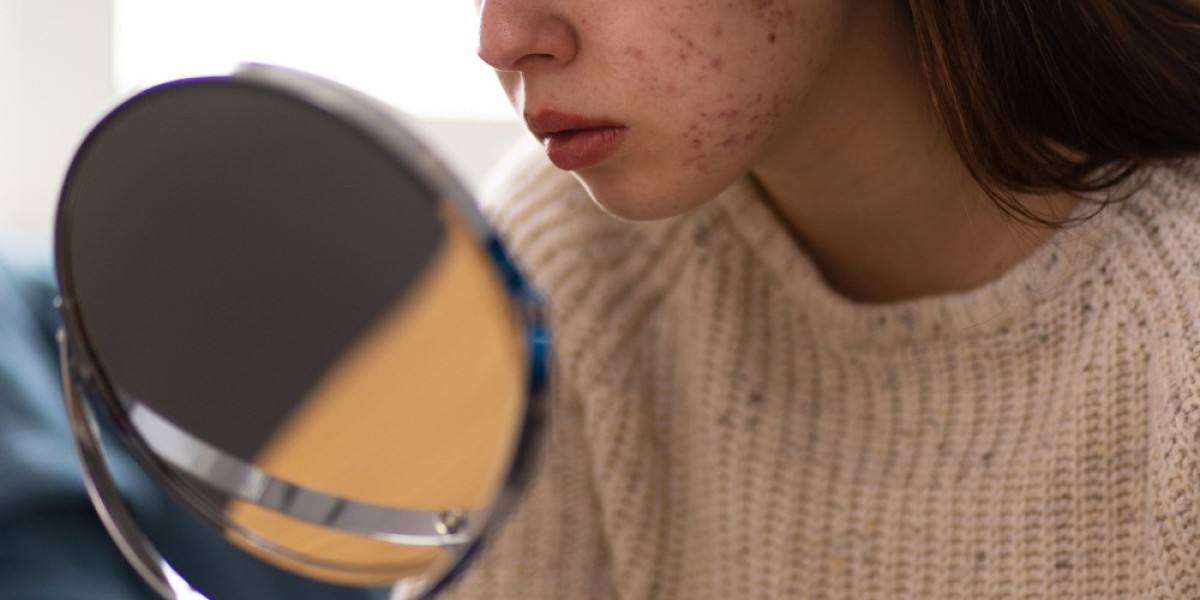Understanding Melasma: Causes, Symptoms and Types
Melasma is a widespread skin condition where brown spots show up on the face. It commonly affects women, especially those with darker skin tones. The precise causes of Melasma are unknown, but hormonal changes, sun exposure, and certain medications are potential factors.
Symptoms
Melasma is characterized by patchy light brown discolorations on such facial areas as cheeks, upper lip, forehead and jaw line. Sun spurs the color variation over the summer, while in winter they tend to lighten. These patches are mostly symmetrical and can have different shapes and sizes. Melasma doesn't hurt or harm you, but you should still consider it a cosmetic problem.
Melasma comes in three forms: epidermal, dermal, and the mixed.
· Epidermal Melasma affects the upper layer of skin, exhibiting light brown patches.
· Dermal Melasma is deeper, resulting in dark brown patches.
· Lastly, mixed Melasma, the most frequent type, affects both skin layers, causing a combination of light and dark brown patches.
Skin lightening medications, procedures such as laser or skin tightening, and lifestyle changes can be used to prevent the skin from recurring. The best option usually involves a combination of treatments tailored to your skin type and type of Melasma. While Melasma is usually less of a concern, treatment can help restore and maintain even skin tone, although brown spots may take time and ongoing care to return If you and skin pathologist works well you can develop an effective treatment plan based on the specific cause and symptoms of your Melasma
The Best Treatments for Melasma
Topical Creams
Topical medications are the first line of treatment for Melasma. These compounds may contain hydroquinone, azelaic acid, kojic acid, or glycolic acid. The cream fades dark spots, balancing the skin tone. Hydroquinone is considered to be an effective treatment as it reduces brown skin pigmentation by inhibiting melanin. Azelaic acid also blocks melanin and reduces the skin irritation. Exfoliating the outer layer of the skin with kojic and glycolic acid removes dark spots and rejuvenates the cells. If the topical treatment proves insufficient, laser or minor treatments will be useful.
Laser Therapy
Topical creams are effective for many patients, but there are those who require laser therapy or light systems to address issues that are unresponsive to topical treatments. IPL laser therapy makes use of broadband light spectrum for treating melanin pigments. To name another method, there are so-called Q-switched lasers which provide the ultra-short pulses of light to break the clusters of melanin without damaging the surrounding tissue. Fractional lasers use spot treatments that create microscopic disruptions in the skin. This fuels in the formation of new collagen and the skin cells thereby promotion. Laser therapy usually requires from several sessions to be finished and the results may not last forever.
Chemical Peels
Chemical peels are solutions that have a function to remove outer skin layer cell by cell layer. The exfoliating process removes dark patches of the skin by stimulating the growth of new skin cells. Glycolic acid and trichloroacetic acid (TCA) are known components of chemical peels applied as a treatment for Melasma. Although the effect is not long-lasting, chemical peels, if used together with additional treatments, such as topical creams or laser therapy, are able to bring noticeable improvement in melanin spots.
Corticosteroid Injections
For Melasma spots that do not disappear, corticosteroid injections can be a good option for fast relief. Over-the-counter steroids injections can help reduce swelling and eliminate or reduce color pigments on the skin. They are, however, able to reduce the occurrence of Melasma explosions for a period of time, but they cannot permanently stop it. Moreover, it also has its own side effects like thinning of the skin and enlarged blood vessels. However, the best treatment for Melisma depends on the skin conditions and the severity. Professional dermatologist can guide you the best.
Conclusion
Melasma, a treatable skin condition, but can be challenging for your self-confidence. During the treatment you need to be patient and consistent. Seek guidance from a professional and experienced dermatologist to find the most suitable treatment for you. Perseverance is key in overcoming Melasma. Take it one day at a time and don't lose hope. Stay positive and believe in your journey towards clear skin. Embrace your bare-faced confidence and radiate your inner glow. Your determination will lead you to the perfect solution for your Melasma.














